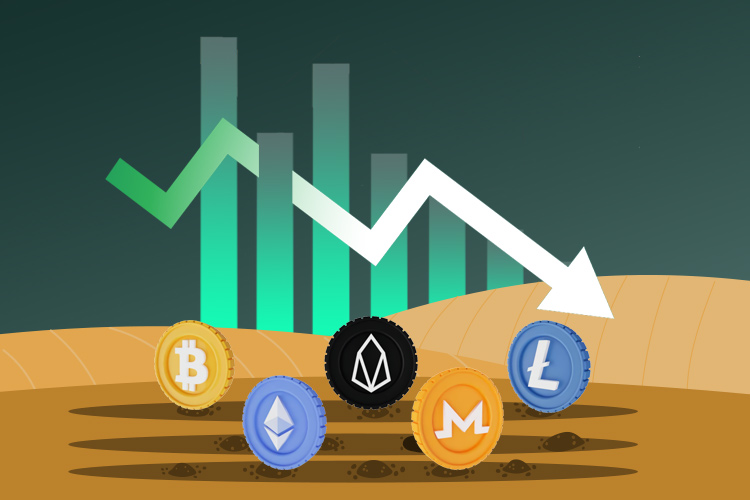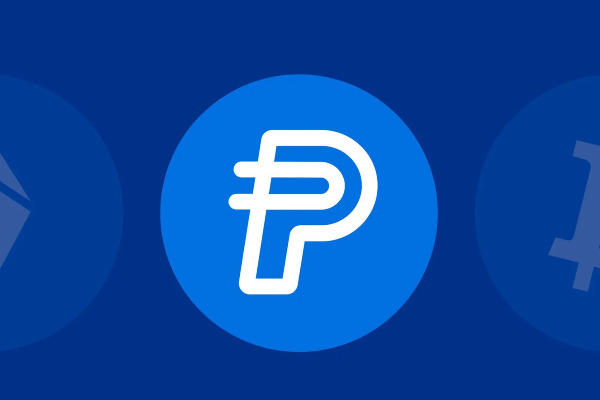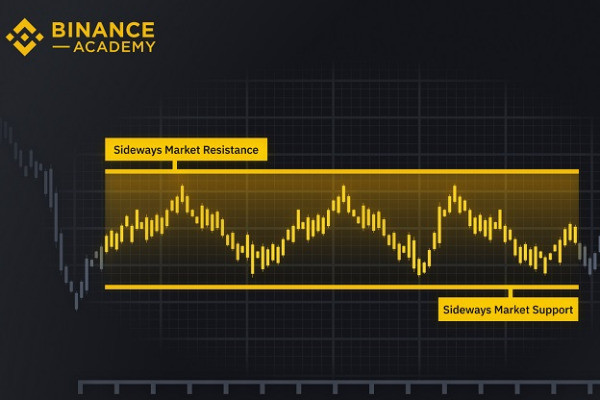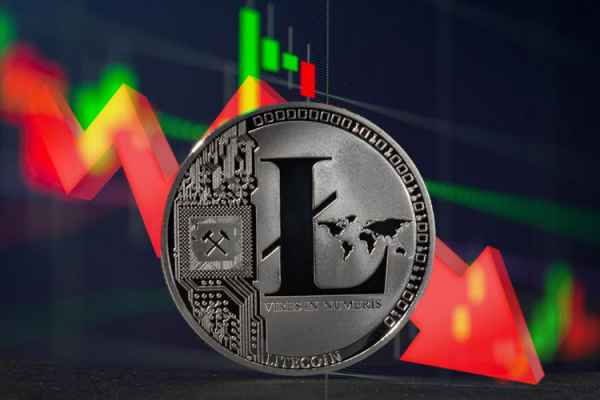Liquidity providers cannot wholly avoid impermanent losses. However, they can take steps to reduce their risk. What do you need to do?

A strategy called "yield farming," which is also called "liquidity mining" can help you make a lot of money with digital currencies. However, it also comes with impermanent loss.
Realizing the potential consequences might help you avoid suffering a temporary setback. To do so, you need to be aware of the factors that might affect your profits, such as the fluctuating worth of the pool's holdings. This article will discuss impermanent loss and how to avoid it when yield farming.
What Is Impermanent Loss?
Impermanent loss occurs when the value of the assets in a liquidity pool changes, leading to a difference between the value of the assets when it was first deposited and when they are withdrawn. This can happen when the price of the assets in the pool changes or the ratio of assets in the pool changes.
For example, let's say you deposit $1,000 worth of token A and $1,000 price of token B into a liquidity pool. The value of the tokens in the pool remains the same, and you earn a return on your investment. However, if the price of token A increases while the cost of token B decreases, the value of your assets in the pool will also change. If you decide to withdraw your assets, you may end up with less than the $2,000 you deposited initially, resulting in impermanent loss.
Avoiding Impermanent Loss
Here are five ways to minimize the risk of impermanent loss:
- Understand the Risks
The first step to avoiding impermanent loss is to understand the risks involved. This includes understanding how the value of assets in the pool can change and how that can affect your returns. Make sure to read and understand the terms and conditions of the liquidity pool before depositing your assets. - Diversify your Portfolio
You should diversify your liquidity by putting your money into several different pools rather than putting it all in one. This can help reduce the impact of price changes on any one pool. - Keep an Eye on the Market
It is also essential to keep an eye on the market and monitor the price of the assets in the pool. If the price of one of the assets in the pool starts to drop, it may be a good idea to withdraw your assets before the loss becomes too great. - Look for pools with low slippage.
The term "slippage" refers to the disparity between the anticipated and actual transaction prices. Slippage can happen to users if the price of an asset has changed when it is taken out of a liquidity pool. Try to find pools with little slippage to lessen this danger. - Choose pools with low liquidity.
Lastly, choose pools with low liquidity, as they experience less price volatility. This can help reduce the risk of impermanent loss.
Conclusion
High profits on your cryptocurrency assets are possible with yield farming. Nevertheless, it also carries the risk of temporary loss. By understanding the risks, diversifying your portfolio, keeping an eye on the market, and looking for pools with low slippage and low liquidity, you can minimize the risk of impermanent loss and maximize your returns. As always, it's essential to research and ensures you understand the risks before investing in any yield farming strategy.
If you are interested in making passive income through liquidity farming, Binance has a facility for its users. Check out the complete guide in the following article.

 Dedicated FREE FOREX VPS
Dedicated FREE FOREX VPS Free FOREX Virtual Private Server
Free FOREX Virtual Private Server MT4 Demo Contest, Get $500
MT4 Demo Contest, Get $500 Sign Up for an Account, Claim 60% Deposit Bonus
Sign Up for an Account, Claim 60% Deposit Bonus Free MT4/MT5 VPS 2024
Free MT4/MT5 VPS 2024 Send E-mail and Get Free Merchandise
Send E-mail and Get Free Merchandise $1K Refer a Friend Bonus for Pepperstone Pro clients
$1K Refer a Friend Bonus for Pepperstone Pro clients Maximize Your Earnings with 100% Deposit bonus
Maximize Your Earnings with 100% Deposit bonus Trade to Win, $5,000 Monthly Demo Contest
Trade to Win, $5,000 Monthly Demo Contest Claim 30% + 15% Deposit Bonus from LiteFinance
Claim 30% + 15% Deposit Bonus from LiteFinance






 Bitcoin
Bitcoin Ethereum
Ethereum Tether
Tether BNB
BNB Solana
Solana USDC
USDC XRP
XRP Dogecoin
Dogecoin Toncoin
Toncoin Cardano
Cardano